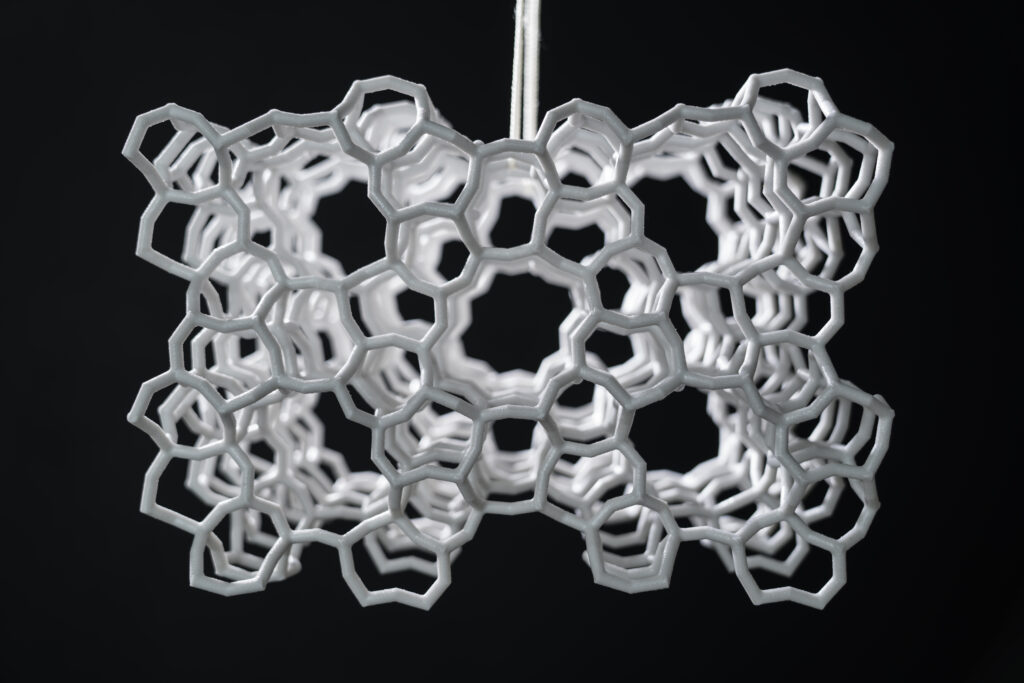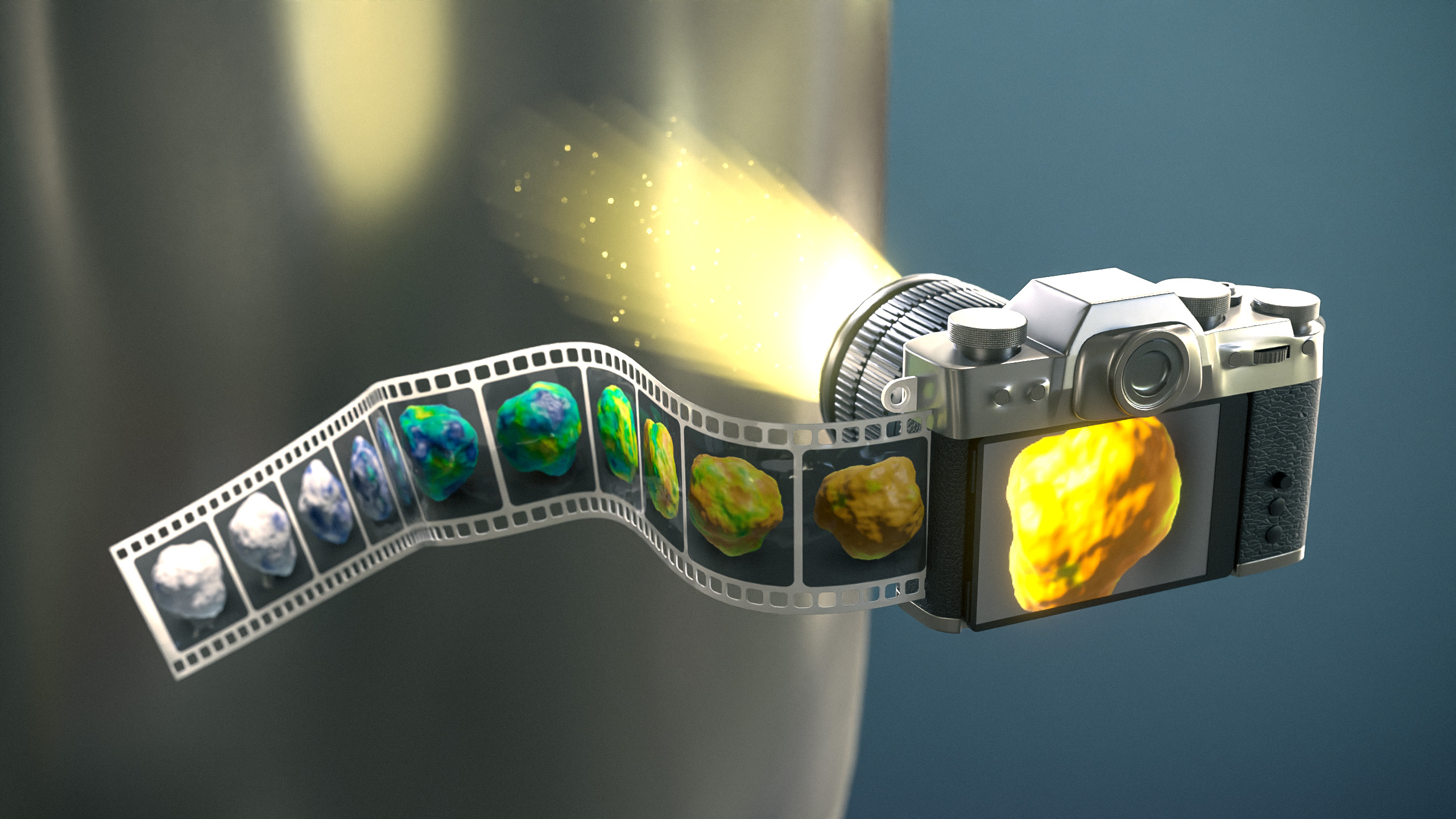The Weckhuysen group has been active for many years in the design, synthesis, characterization and application of catalytic solids for the conversion of fossil (crude oil & natural gas) and renewable feedstock (biomass and municipal waste) into transportation fuels, chemicals and materials. More recently, research is devoted to the catalytic activation of CO2 via thermal and electrocatalytic pathways and the photocatalytic and electrocatalytic splitting of water into hydrogen and oxygen, as well as the chemical recycling of plastics.
The group is internationally known for the development of in-situ and operando spectroscopy and microscopy for studying catalytic solids under realistic conditions. This approach has provided unique insights in the working and deactivation mechanisms of catalytic processes, as well as in the internal architecture of solid catalysts.
Our goal is to shed detailed new insight in the working principles of catalytic solids while they work (i.e., at high temperatures and pressures, and under real-life conditions). To achieve this goal the group strives to build a “powerful camera” to chemically image heterogeneous catalysts from the level of the reactor down to the level of single atoms and molecules, thereby linking the different length scales of importance in catalysis.
Development and use of advanced operando spectroscopic methods
Development and use of advanced spectroscopic methods applied on heterogeneous catalysts during preparation and real operation in order to develop structure-activity relationships for catalytic processes. Systems of interest are supported metal and metal oxide catalysts, zeolites as well as metal organic frameworks (MOFs) and zeolitic imidazolate frameworks (ZIFs). The main emphasis is on space- and time-resolved UV-Vis, Raman, IR, and fluorescence spectroscopy as well as X-ray spectroscopy, diffraction and scattering methods, often in a combined or even integrated fashion. Catalytic reactions under study are methane and light alkanes activation, Fischer-Tropsch synthesis, Sabatier reaction, fluid catalytic cracking, methanol-to-olefins, automotive catalysis as well as selective oxidation, biomass-derived oxygenates hydrogenation/hydrodeoxygenation, olefin polymerization and polyolefins depolymerization.
Catalytic conversion of biomass, plastic waste and CO2
Catalytic conversion of biomass and municipal waste, such as plastics, to transportation fuels and bulk chemicals, more specifically the valorization of polyols, e.g. glycerol and sugars, via telomerization, hydrogenolysis and etherification, valorization of lignin, chitin and humins and related model compounds and the conversion of C5- and C6-sugars, including the selective hydrogenation of sugar-derived compounds, such as levulinic acid. This also includes the use of spectroscopy for monitoring biomass and waste conversion processes in the liquid phase (i.e., water at relatively high temperatures and pressures), including issues as catalyst stability. More recently, our group has been involved in the making of functional coatings from chitin waste.

Molecular design of materials for catalysis, adsorption and separation
Synthesis and characterization of ordered porous materials with catalytic potential. The focus is on the fundamental understanding of assembly processes of porous oxides, the development of spectroscopic tools to evaluate the synthesis parameters and the structural aspects of porous materials, including intergrowth structures, spatiotemporal zoning of elements, such as aluminum, and the processes of dealumination and desilication. The materials focus is on molecular sieves, including zeolites and metal organic frameworks. More recently, this topic has been extended to the detailed investigations of thin-films making use of atomic force microscopy in combination with vibrational and electronic spectroscopy, such as infrared, Raman and fluorescence microscopy.
Molecular design of transition metal ion complexes in inorganic hosts for catalysis and adsorption. Enzymes, the most effective catalysts in nature, are the inspiration source for this research. Catalytic reactions of interest are NO decomposition, methane activation and selective oxidation reactions. More recently this also involves photo-catalytic and (photo-) electrocatalytic applications, including solar fuels generation, including the construction of thin-films, which could separate and adsorb light molecules, such as CO2, and activate them with light or renewable electricity, harvested from wind or solar panels.

Former large-scale projects
Read about the 10 years of CatchBio (2006-2016).
Read about the ERC Advanced Grant: Near-Field Spectroscopic Imaging of the Assembly and Working of Nanosheets of Catalytic Porous Materials (2013-2018).

